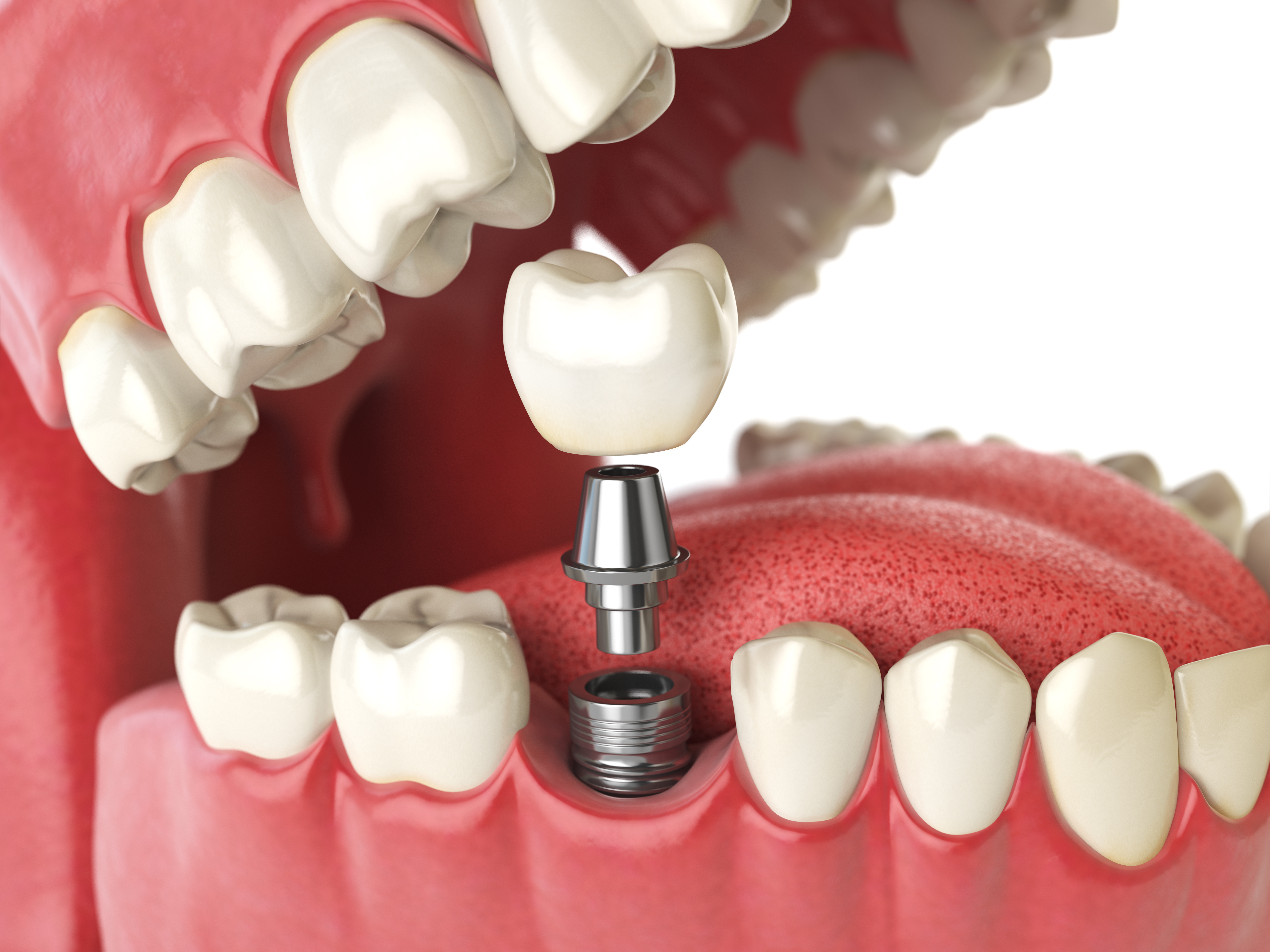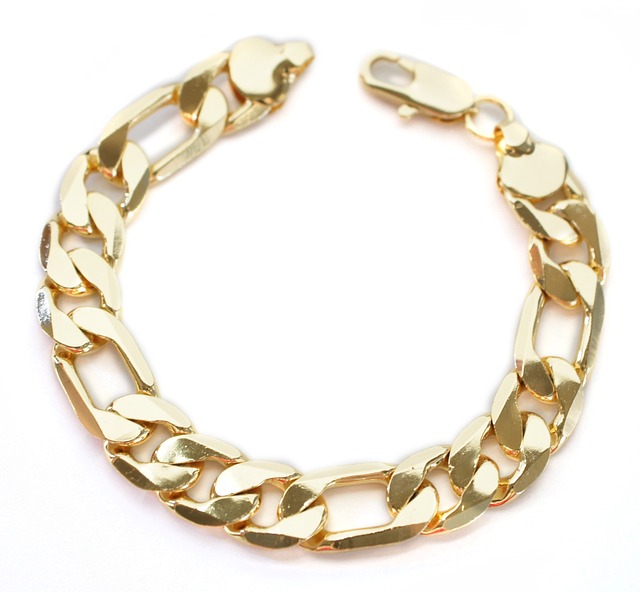The Future of Dental Implants: Screwless Solutions Revolutionizing Oral Care
Dental implants have long been the gold standard for replacing missing teeth, offering a permanent solution that looks and functions like natural teeth. However, as with any medical technology, the field of dental implantology continues to evolve. One of the most exciting developments in recent years is the emergence of screwless dental implants. This innovative approach is changing the landscape of tooth replacement, offering new benefits and possibilities for patients and dentists alike.

How Do Screwless Dental Implants Work?
Screwless dental implants represent a significant departure from traditional implant systems. Unlike conventional implants that rely on screws to secure the prosthetic tooth to the implant post, screwless solutions utilize advanced friction-fit technology. This system typically involves a tapered implant body that is gently tapped into place in the jawbone. The prosthetic crown or bridge then attaches to the implant through a precise fit, often using a morse taper connection or similar mechanism that creates a secure bond without the need for screws.
The absence of screws in these innovative implants isn’t just a minor modification; it’s a fundamental redesign that addresses several limitations of traditional systems. By eliminating the screw, manufacturers have been able to create implants that more closely mimic the natural tooth structure, potentially leading to better aesthetic outcomes and reduced complications.
What Are the Benefits of Screwless Implants?
Screwless dental implants offer several advantages over their traditional counterparts:
-
Improved Aesthetics: Without a screw access hole, the prosthetic tooth can be designed to look more natural, especially in visible areas of the mouth.
-
Reduced Risk of Complications: Screwless designs eliminate issues associated with screw loosening or fracture, which can lead to implant failure in traditional systems.
-
Simplified Maintenance: The absence of screws means there’s no need for periodic tightening or replacement, potentially reducing long-term maintenance requirements.
-
Enhanced Soft Tissue Health: Some screwless designs allow for better integration with surrounding gum tissue, which may lead to improved gum health around the implant.
-
Faster Treatment Times: Certain screwless systems are designed for immediate loading, allowing for quicker completion of the implant process in suitable cases.
How Do Screwless Implants Compare to Traditional Implants?
While screwless implants offer numerous benefits, it’s important to understand how they stack up against traditional screw-retained implants:
| Feature | Screwless Implants | Traditional Implants |
|---|---|---|
| Aesthetics | Often superior due to absence of screw access hole | Good, but may have visible access hole |
| Stability | Excellent when properly placed | Excellent, proven long-term success |
| Ease of Repair | May be more challenging to remove if necessary | Easier to remove and repair |
| Cost | Generally higher initial cost | Often more affordable initially |
| Suitability for All Cases | May not be suitable for all clinical situations | Widely applicable to most cases |
Prices, rates, or cost estimates mentioned in this article are based on the latest available information but may change over time. Independent research is advised before making financial decisions.
Are Screwless Implants the Future of Dental Restoration?
While screwless implants represent an exciting advancement in dental technology, it’s premature to declare them the definitive future of all dental restorations. The field of implantology is diverse, and different clinical situations may call for different approaches. However, the growing adoption of screwless systems by dental professionals suggests that they will play an increasingly important role in the future of dental implants.
The ongoing research and development in this area are likely to further refine screwless technologies, potentially addressing current limitations and expanding their applicability. As more long-term studies are conducted, we’ll gain a clearer picture of the long-term success rates and potential advantages of these innovative implant systems.
What Should Patients Know About Screwless Implants?
If you’re considering dental implants, it’s important to discuss all available options with your dentist or oral surgeon. While screwless implants offer many benefits, they may not be the best choice for every patient or every clinical situation. Factors such as bone density, overall oral health, and specific tooth replacement needs will all play a role in determining the most appropriate implant system for you.
Additionally, as with any dental procedure, the skill and experience of the practitioner are crucial to the success of the implant. Regardless of the type of implant chosen, it’s essential to work with a qualified professional who has experience with the specific system being used.
The future of dental implants is undoubtedly exciting, with screwless solutions leading the way in innovation. As technology continues to advance, patients can look forward to even more options for restoring their smiles with natural-looking, long-lasting results. Whether screwless or traditional, the goal remains the same: to provide patients with functional, aesthetic, and durable tooth replacement solutions that improve their quality of life.
This article is for informational purposes only and should not be considered medical advice. Please consult a qualified healthcare professional for personalized guidance and treatment.




